The aurora borealis extends its U.S. visit. NOAA predicts visibility in northern Michigan and Maine.
Sightings have occurred in Minnesota, Oregon, and California. Will this celestial display outshine the recent Perseid meteor shower?
How Far Can You See the Lights?
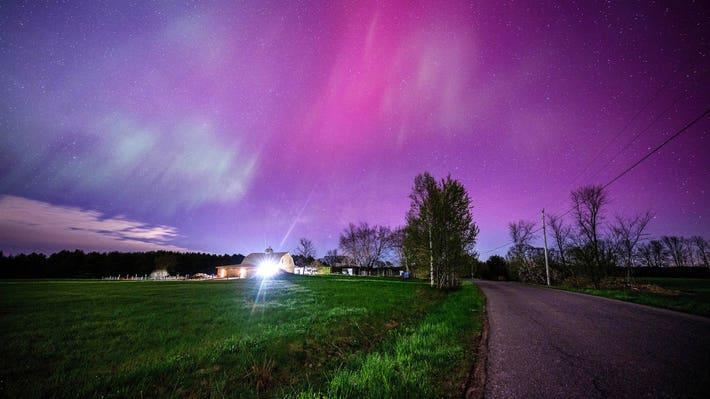
Auroras can be visible from over 600 miles away. Optimal viewing conditions include clear, dark skies.
Light pollution significantly reduces visibility. Could millions of Americans potentially witness this rare event?
When’s the Best Time to Look Up?
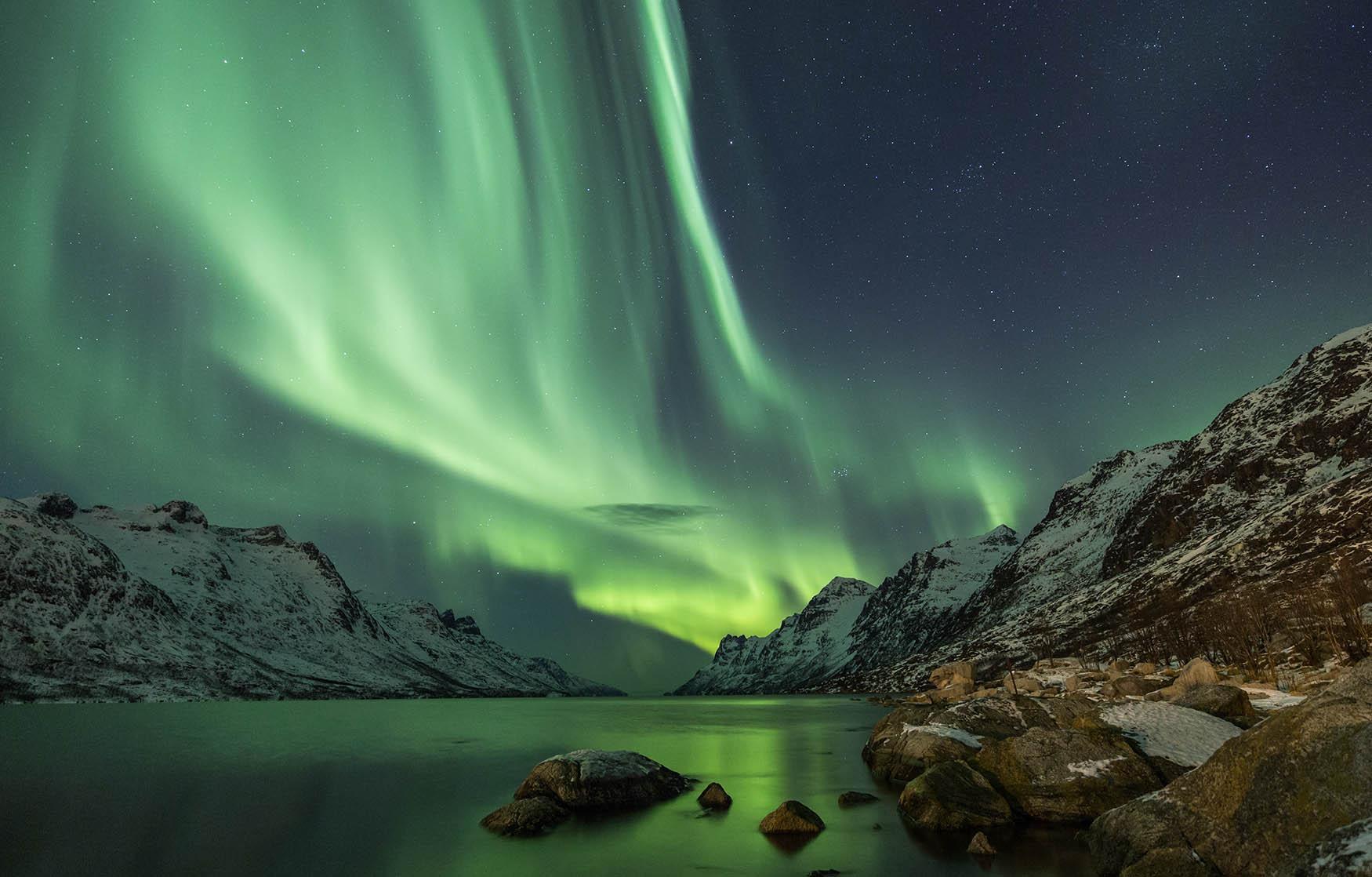
SWPC recommends viewing between 10 p.m. and 2 a.m. Auroras are invisible during daylight hours.
The phenomenon requires darkness to be visible. Will night owls have an advantage in catching this spectacle?
Solar Winds: Friend or Foe to Technology?
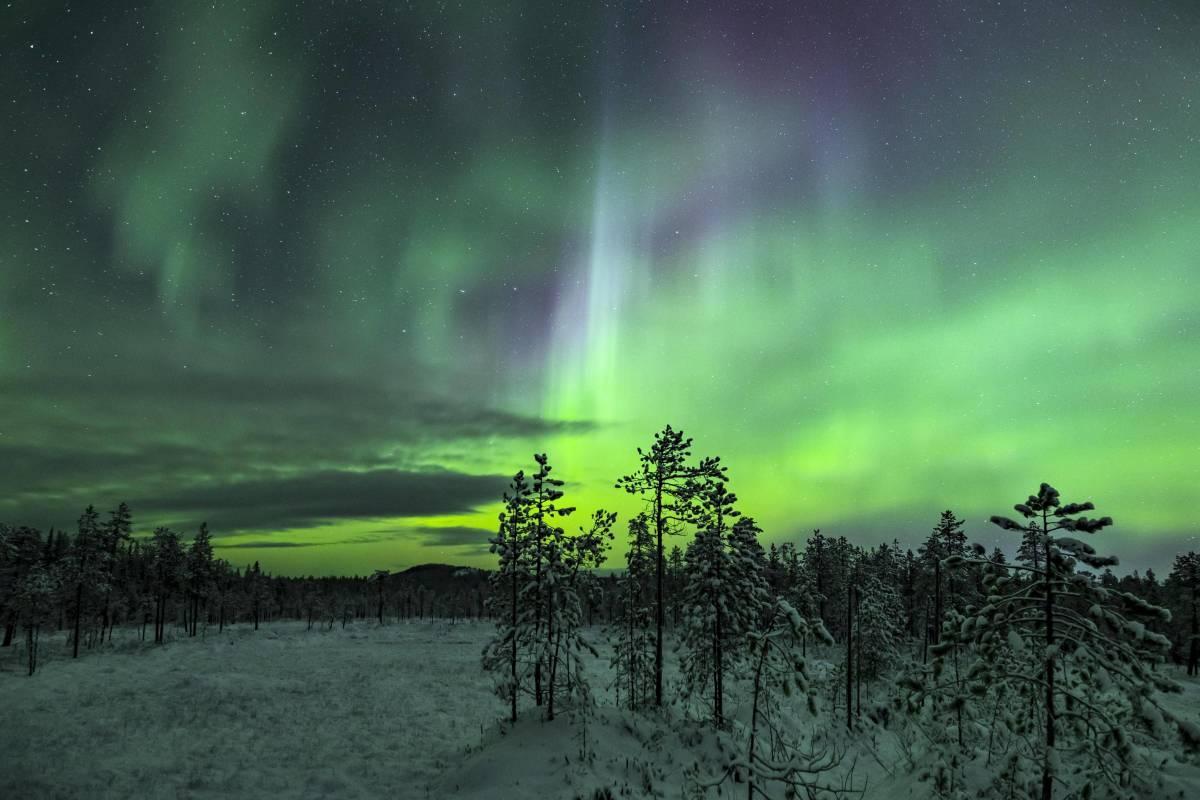
Solar winds can disrupt power grids and satellites. SWPC expects only minor impacts this time.
Previous severe solar storms have caused blackouts. How vulnerable is our modern infrastructure to these cosmic events?
What Causes These Celestial Light Shows?
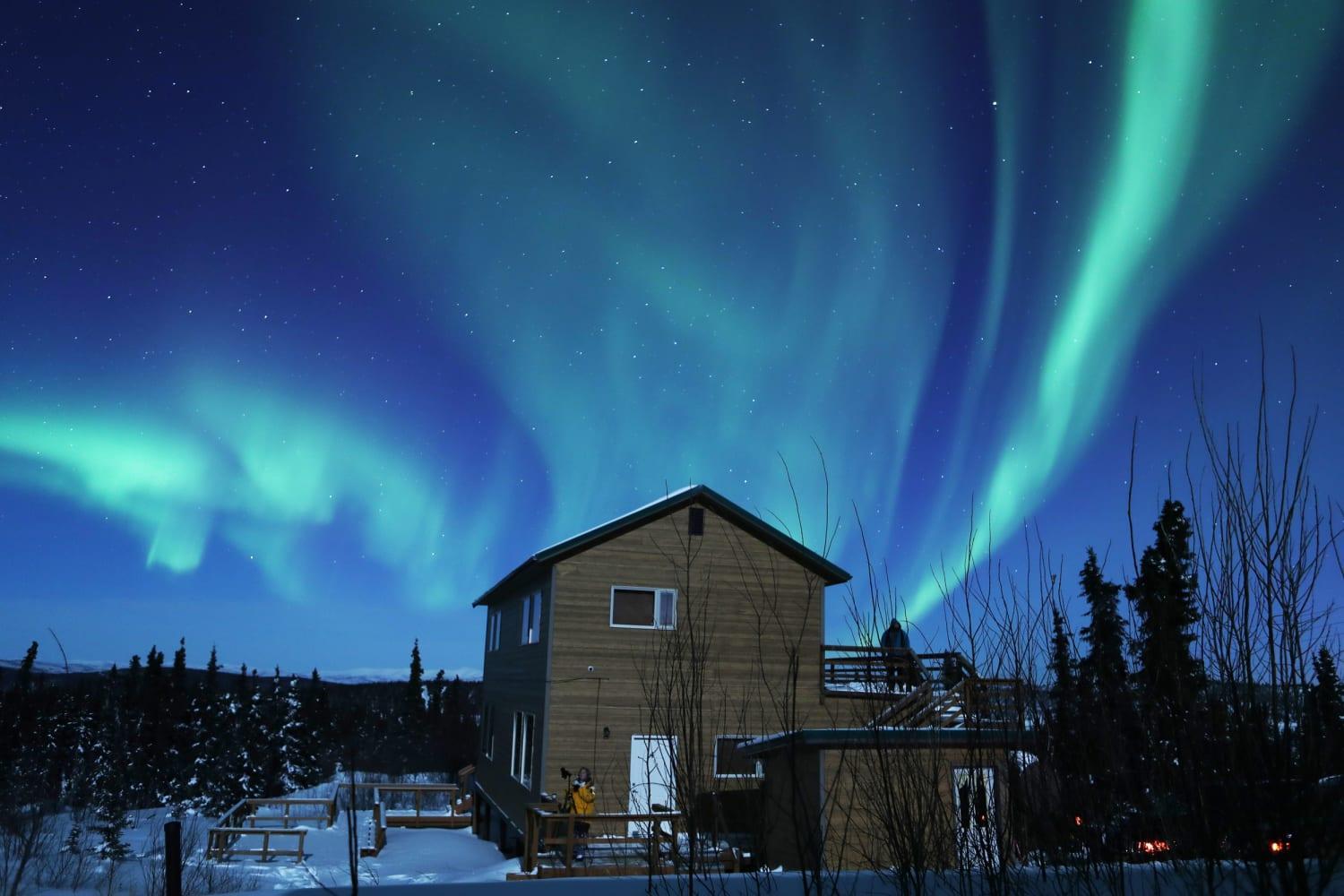
Coronal mass ejections trigger auroras. The Sun ejects plasma and magnetic fields.
These “solar farts” travel for about 24 hours. How often do these massive solar events occur?
Earth’s Magnetic Shield: Our Cosmic Protector?

Earth’s magnetic field deflects most solar wind. Some particles enter near the poles.
This interaction creates the aurora. What would happen if Earth’s magnetic field weakened?
Aurora Borealis vs. Australis: A Tale of Two Hemispheres
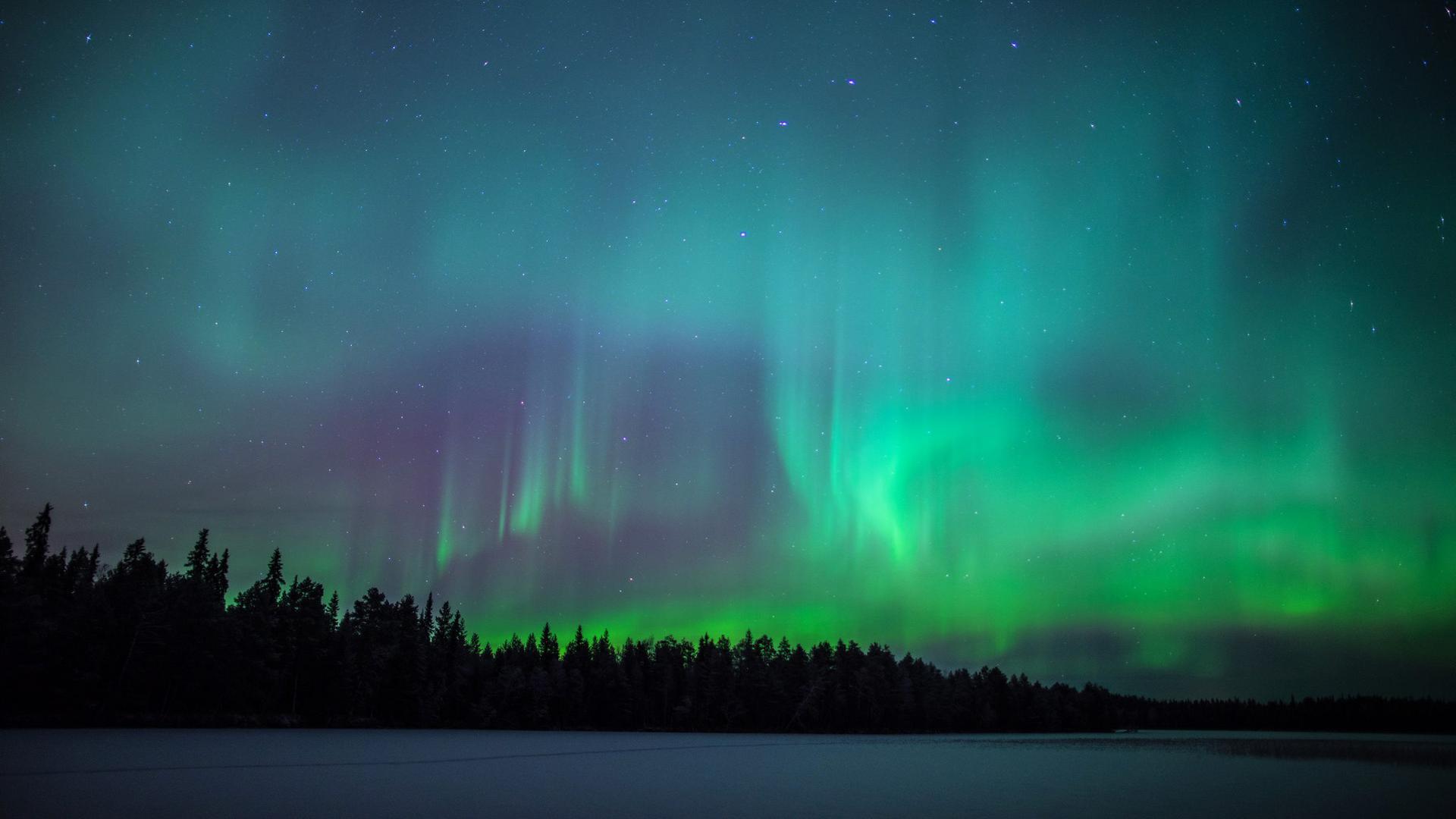
Northern Lights grace the Northern Hemisphere. Southern Lights illuminate the Southern Hemisphere.
Both result from the same solar phenomena. Are the displays identical in both hemispheres?
Pink and Green Skies: Nature’s Color Palette
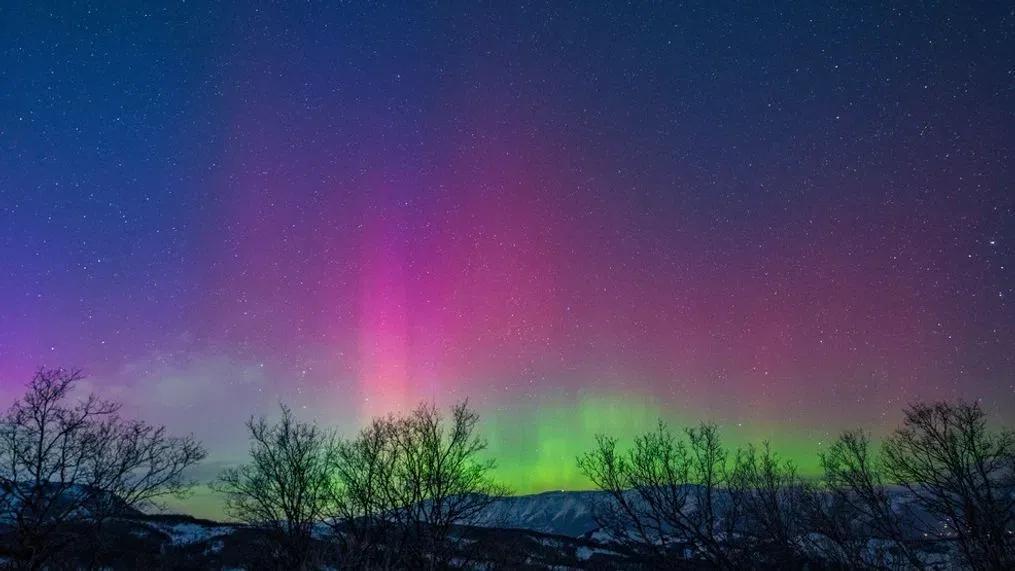
Auroras can display vibrant pinks and greens. Oxygen and nitrogen create these colors.
The altitude of the reaction affects the hue. Could we ever predict the exact colors of an aurora?
Global Aurora Watch: Who Else is Looking Up?
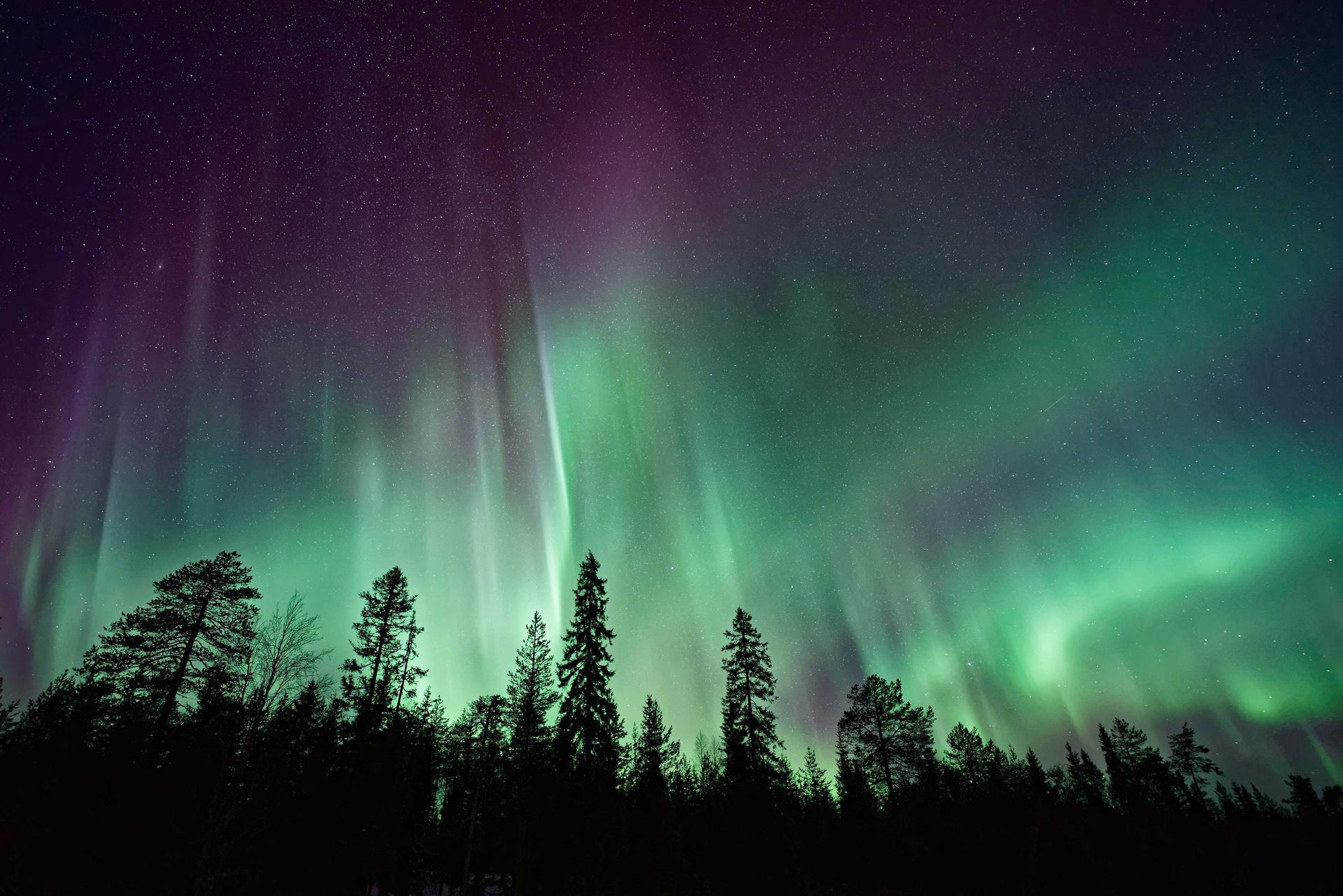
Australia and New Zealand enjoy the Southern Lights. The aurora is visible near both poles.
Millions worldwide chase these elusive displays. Will aurora tourism become the next big trend?
Future Forecasts: When Will They Return?
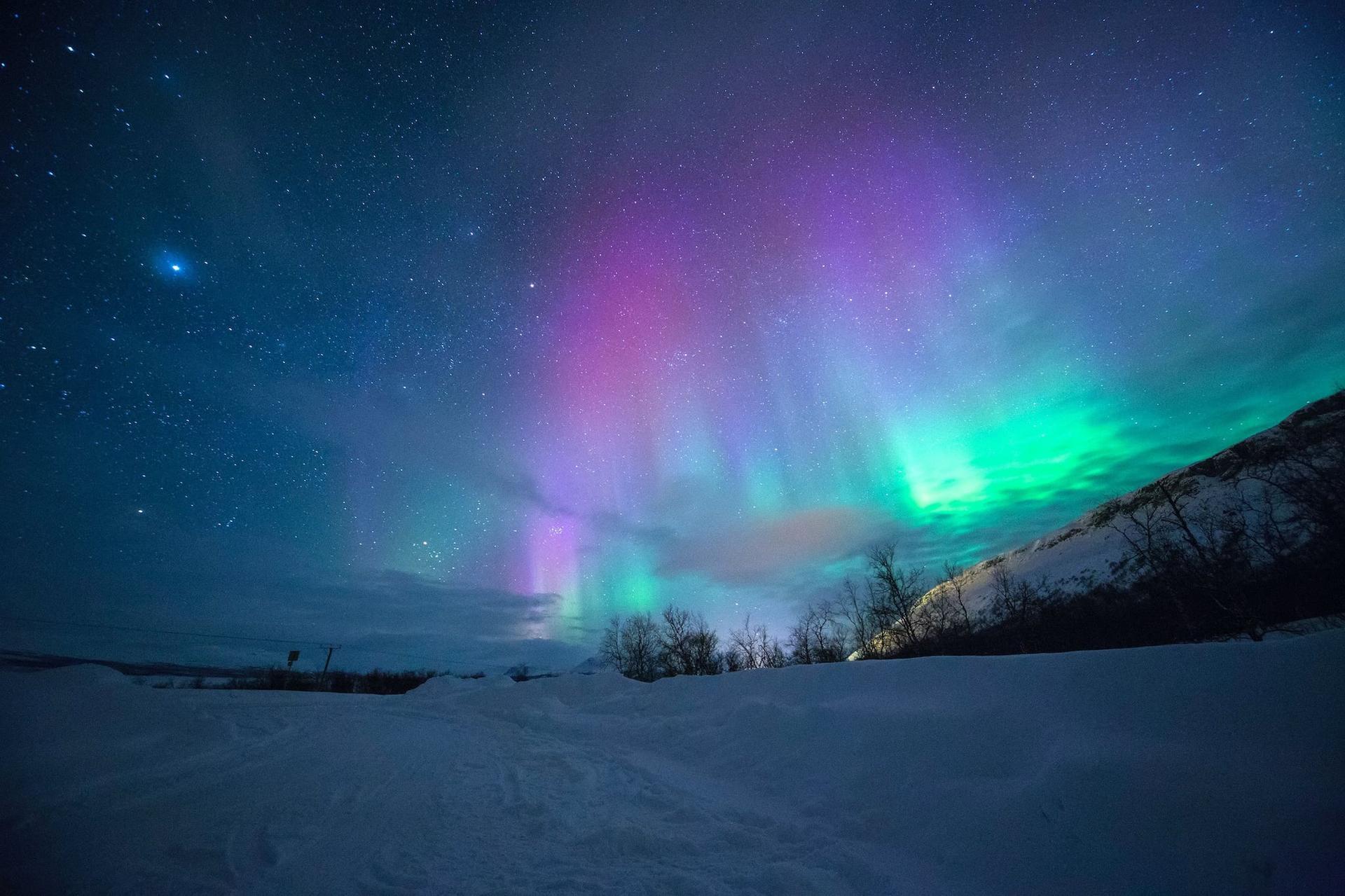
Solar activity follows an 11-year cycle. The current cycle is approaching its peak.
More frequent auroras are expected in coming years. Could we see more mid-latitude auroras soon?

